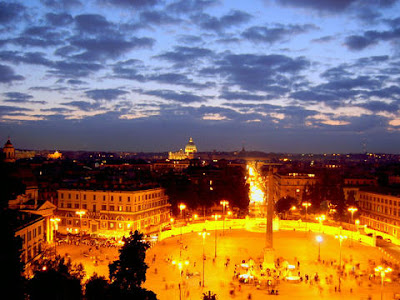The tours to Europe were more focused on seeing the cities,
with the museums and architectural highlights being of specific interest.
The most popular major cities to see were London, Paris, and Rome.



In contrast, tours to the States revolved around seeing places and landmarks. The favored destinations were Hawaii, Alaska, and the Southwest and Western regions of the US, specifically focusing on the National Parks System. Popular places to visit included the Grand Canyon, Zion, Yellowstone, Bryce Canyon, and Yosemite National Parks.



It seems that Americans going abroad to Europe are more interested in urban areas and the cultural institutions that they contain, while Europeans appear to be coming to the US to experience the great outdoors. Could this be due to the still popularly held belief that European culture is superior, in some aspects, to American? Or the fact that we have much more open land and diversity in landscapes than in Europe? Probably this is the result of both of these reasons, combined with the inclination of Europeans towards vacationing by experiencing nature. This is due, in part, to the much higher population density in Europe than the States (which leads to an interest in escaping the cities on vacation), and a greater interest in outdoor activities (including skiing, hiking, and mountain climbing). These are very broad generalizations, but I feel that they provide an explanation for why there is such a disparity in the tour types for the US and Europe.












